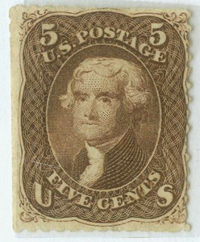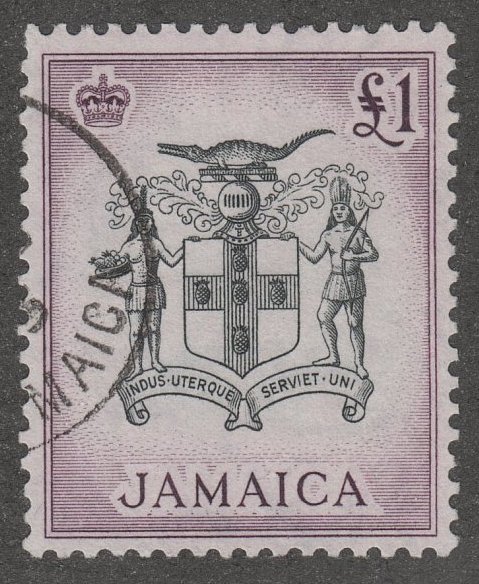
Discussion - Member to Member Sales - Research Center

Discussion - Member to Member Sales - Research Center

Many of my stamps (of various nations) are curling.
Is there a solution to this (most irritating and potentially disastrous) problem?

Login to Like
this post
An important question concerns the age of the stamps. If they are classics, and especially if the gum shows signs of serious cracking, you may even need to go so far as soaking the gum off. But that would be a last step.
I would be concerned about humidity. If humidity is high in your home, a dehumidifier might be in order in your storage area. Humidity that's too low might cause problems too, but that's just a guess.
Bob

Login to Like
this post
Thank you for your comments, Bob. My curling stamps are from the period range of 1920s to 1970s. I have, as an example, some mint Spanish Sahara stamps from the 1960s which tend to bow back, both vertically and horizontally, from the face. I think you may well be right on the mark about humidity. Our climate, where I live, is certainly more humid now than in even recent memory.

Login to Like
this post
Michel,
dehumidifiers will help; you can also try silicates (the little packets that come in vitamins, shoes, and many other products). I take the discarded silicate packets and place them in my storage boxes. They can also be purchased commercially. One caution: too much moisture is a problem, and too little is also a problem. Much has been written about this here and elsewhere. Good luch
David

Login to Like
this post
I can confirm too little moisture is a problem - I see more curling of my own stamps in the Winter when we have 25% humidity here (Western New York State) than in the summer (60-70% humidity).
Supposedly 50% humidity is ideal for stamps.
Josh

Login to Like
this post
09:13:36pm
My stamps are (a) displayed behind mounts or (b)collected in stock books prior to mounting.
Many of my stamps (of various nations) are curling.
Is there a solution to this (most irritating and potentially disastrous) problem?

Login to Like
this post

re: Curling stamps
An important question concerns the age of the stamps. If they are classics, and especially if the gum shows signs of serious cracking, you may even need to go so far as soaking the gum off. But that would be a last step.
I would be concerned about humidity. If humidity is high in your home, a dehumidifier might be in order in your storage area. Humidity that's too low might cause problems too, but that's just a guess.
Bob

Login to Like
this post
11:00:51pm
re: Curling stamps
Thank you for your comments, Bob. My curling stamps are from the period range of 1920s to 1970s. I have, as an example, some mint Spanish Sahara stamps from the 1960s which tend to bow back, both vertically and horizontally, from the face. I think you may well be right on the mark about humidity. Our climate, where I live, is certainly more humid now than in even recent memory.

Login to Like
this post
Auctions
re: Curling stamps
Michel,
dehumidifiers will help; you can also try silicates (the little packets that come in vitamins, shoes, and many other products). I take the discarded silicate packets and place them in my storage boxes. They can also be purchased commercially. One caution: too much moisture is a problem, and too little is also a problem. Much has been written about this here and elsewhere. Good luch
David

Login to Like
this post

re: Curling stamps
I can confirm too little moisture is a problem - I see more curling of my own stamps in the Winter when we have 25% humidity here (Western New York State) than in the summer (60-70% humidity).
Supposedly 50% humidity is ideal for stamps.
Josh

Login to Like
this post

